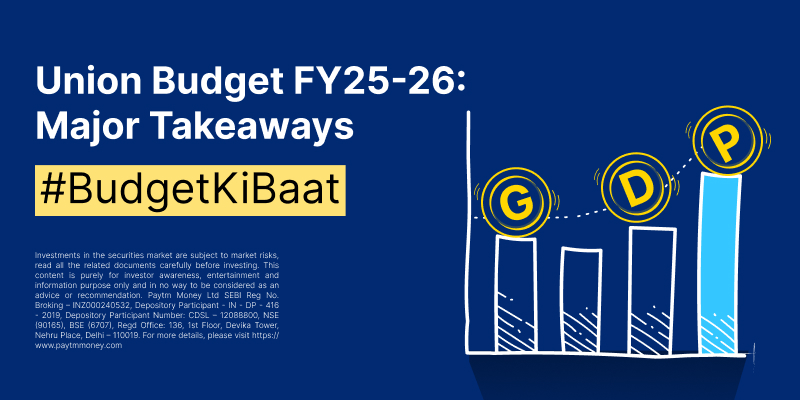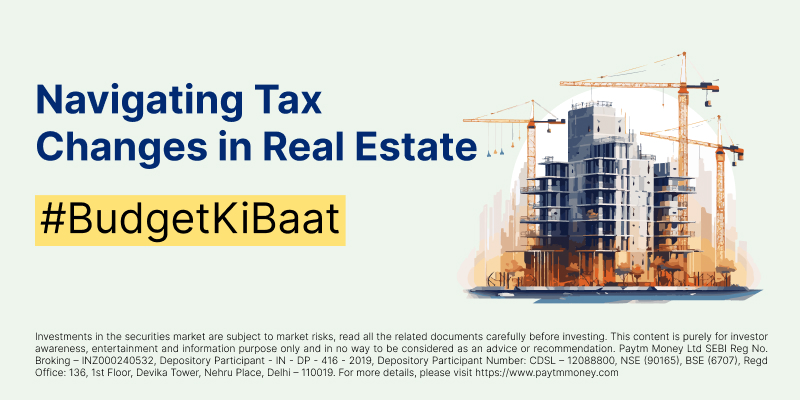All you need to know about Floating Rate Savings Bonds4 min read
Contents
To stabilize the financial markets amid the COVID-19 crisis, RBI did enormous rate cuts in a short span of time and pumped in huge liquidity into the system. These moves in turn resulted in big drop in interest rates offered by savings bank account (SB), fixed deposits (FD), government and corporate bonds etc. This has puzzled investors as they are finding it increasingly difficult to get financial instruments that carry very low risk and can offer decent returns. Are you too facing the same problem?
Recently, Govt. of India (GoI) announced the launch of the Floating Rate Savings (FRS) bonds 2020 (taxable) scheme. Let us get to know what are these FRS bonds issued by the GoI in detail and understand if they can be an effective solution to your problems.
What are FRS bonds?
FRS bonds are fixed income instruments offered by the GoI which come with a lock-in period and whose interest rate is not fixed like usual bonds, but is floating in nature. The interest offered is 35 basis points (100 basis points = 1%) over and above the prevailing National Savings Certificate (NSC). This implies the current interest rate will be 6.80% + 0.35% = 7.15% and it can change in the future depending on the interest rate offered by the NSC. The FRS bonds 2020 were launched on July 1st, 2020 and will mature on July 1st, 2027. Thus, these bonds come with a lock-in period of 7 years.
What is the pay-out frequency of these bonds?
The interest payment on these bonds is semi-annual in nature which means they will be paid twice a year only on January 1st and July 1st. The first interest payment will be calculated from the issue date to December 31st and paid on January 1st, 2021. There is no option of monthly, quarterly or cumulative interest pay-out. Also, the coupon will be reset on a half yearly basis.
Is there any risk associated with these bonds?
FRS bonds are a 100% risk free investment option as interest payments on these are guaranteed by the GoI. However, the bond has a short coming when it comes to liquidity. These bonds are not listed on any secondary exchange which means that it does not offer any interim exit to the investor.
However there is scope of pre-mature withdrawal for senior citizens. Investors in the age group of 60-70 years can exit after 6 years, 70-80 years after 5 years and 80+ years can prematurely exit after 4 years from the issue date. Investors do get an option to appoint a nominee. In the case of death of an investor, the remaining payments will go to the nominee.
How are the FRS bonds taxed?
The interest earned on these bonds will be taxed as per your existing tax slab. Although TDS will be deducted on interest payment similar to an FD, the same can be claimed back while filing Income Tax returns.
Can you throw some light on eligibility criterion and the investment details?
All residents of India and Hindu Undivided Family (HUF) are eligible to invest in these bonds. There are no age limits.
The minimum amount that you can invest is INR 1,000 and in multiples of INR 1,000 thereof. There is no cap on investments that a person can make.
So, who should invest in these bonds?
FRS bonds are a good investment avenue for investors who are looking for fixed return products. These bonds are completely risk free in nature and provide an attractive interest rate of 7.15% compared to a FD i.e. 5.4% (as per SBI website). As, the tax treatment for both the products are same, it implies the post-tax return generated by these bonds will be much higher than a FD.
Also, the likelihood of interest rates falling drastically from here on are very less as RBI has already cut 115 bps interest rate year to date in 2020. In case interest rates rise after a couple of years, the interest rate offered by these bonds can also increase leading to higher earning potential.
So, people who invest predominantly in FDs can consider FRS bonds as a better alternative. Also unlike a regular FD, these FRS bonds pay out the interest twice a year. So, investors can use this option as a regular income product as well. Make sure that you only invest the amount that you can easily set aside for a period of 7 years to not feel any cash flow crunch in the meantime.
How can I invest in FRS bonds 2020?
You can invest in these bonds by visiting any of the branches of the following banks:
1. State Bank of India
2. Bank of Baroda (Including Vijaya Bank and Dena Bank)
3. Bank of India
4. Bank of Maharashtra
5. Canara Bank (Including Syndicate Bank)
6. Central Bank of India
7. Indian Bank (Including Allahabad Bank)
8. Indian Overseas Bank
9. Punjab National Bank (including Oriental Bank of Commerce and United Bank of India)
10. Punjab & Sind Bank
11. Union Bank of India (including Andhra Bank and Corporation Bank)
12. UCO Bank
13. HDFC Bank Ltd.
14. ICICI Bank Ltd.
15. IDBI Bank Ltd.
16. Axis Bank Ltd.
You can pay for the bonds in the form of cash (up to INR 20,000)/ demand draft/ cheque or any electronic mode in any of the receiving offices. The bonds will be issued in electronic format only and will be credited to the Bond Ledger Account of the investor.




